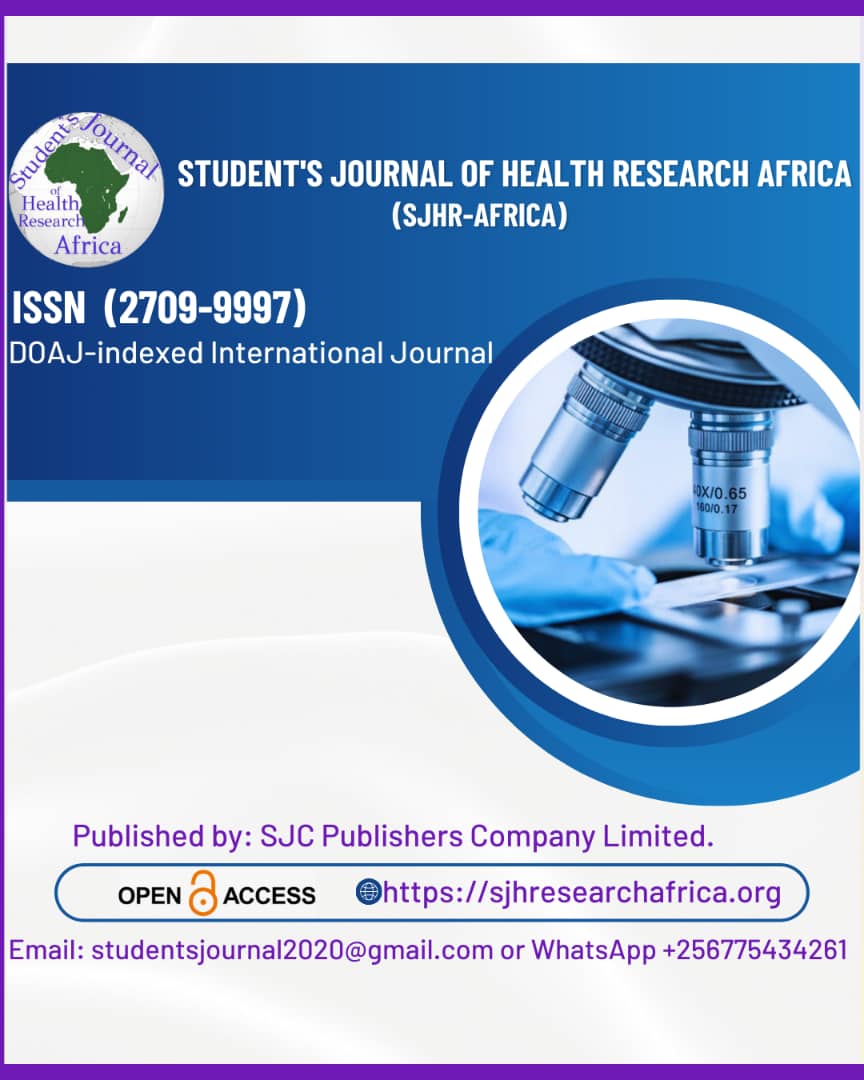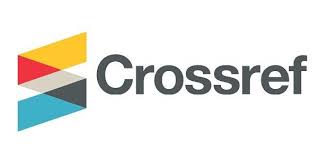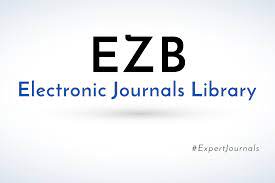Morphometric evaluation of the body and odontoid process of the axis vertebra and its clinical significance. A cross-sectional anatomical study.
DOI:
https://doi.org/10.51168/sjhrafrica.v6i9.2064Keywords:
Atlanto-Odontoid facet, Axis vertebrae, Morphometry, Odontoid process, Vernier caliper, Vertebral arteryAbstract
Introduction:
The axis, which is the second cervical vertebra, serves as a pivot, allowing the atlas to rotate and support the head. Despite its small size, this area can lead to significant complications because of the intricate anatomy of the cranio-cervical junction. The axis vertebra is distinct because it features a dens or odontoid process. Fractures of the dens in the axis account for 7–27% of all cervical spine fractures. Surgical procedures in the craniovertebral region carry a high risk, as vertebral artery injury is common. Therefore, a comprehensive understanding of the anatomy of the body and the odontoid process of the axis vertebra is essential.
Materials and methods:
A cross-sectional study was carried out using fifty-two intact dry human axis vertebrae of unspecified sex. Measurements of the body and odontoid process of these vertebrae were obtained with a digital vernier caliper, which has an accuracy of up to 0.01mm. Statistical analysis was performed using IBM SPSS Version 21.
Results:
The body of the axis vertebra measured as follows: mean length of the body, 14.93±1.11 mm; vertebral body superior width, 15.79±1.76 mm; vertebral body inferior width, 16.22±1.31 mm; vertebral body anterior height, 18.69±2.17 mm; and vertebral body posterior height, 15.96±1.89 mm. The odontoid process of the axis vertebra measured as follows: odontoid process height, 17.60±1.94 mm; odontoid process anteroposterior diameter, 10.61±0.85 mm; maximum transverse diameter of the odontoid process, 9.78±0.93 mm; minimum transverse diameter of the odontoid process, 8.53±0.82 mm; atlanto-odontoid facet height, 9.67±1.43 mm; and atlanto-odontoid facet width, 7.86±0.90.
Conclusion:
These measurements are essential for the safe and effective application of modern orthopedic techniques. This data helps surgeons in reducing complications such as vertebral artery injury and other vital structures during surgical procedures in the cranio-vertebral region.
Recommendations:
Future studies should include larger, diverse samples with radiologic correlation.
References
Madawi A.A., Solanki G., Casey A.T.H., Crockard H.A. (1997) Variations of the groove in the axis vertebra for the vertebral artery - Implications for instrumentation. J Bone and Joint Surgery. 79-B(5): 820-823. https://doi.org/10.1302/0301-620X.79B5.0790820
Bryce T.H. (1915) Osteology of the skeleton - Vertebral column. In: Schaffer EA, Symington J, Bryce TH, Editors. Quain's elements of anatomy. 11th edition. London: Longmans Green and Co., Pp.5-34.
Anson B.J., Rea R.L. (1996) Axial skeleton - cervical vertebrae. In: Morris Human Anatomy - A complete systematic treatise. 12th edition. New York, Toronto, Sydney, London: The Blakiston Division McGraw-Hill Book Company. Pp.142-147.
William M., Newell R.L.M., Collin P. (2005) The back: cervical vertebrae. In: Standring S, Ellis H, Haely JC, Johson D, Williams A, Gray's Anatomy. 39th edition. Edinburgh, London: Elsevier Churchill Livingstone. Pp.742-746.
Doherty BJ, Heggeness MH (1995) Quantitative anatomy of the second cervical vertebra. Spine, 20: 513-517. https://doi.org/10.1097/00007632-199503010-00002
Xu R., Nadaud M.C., Ebraheim N.A., Yeasting R.A. (1995). Morphology of the second cervical vertebra and the posterior projection of the C2 pedicle axis. Spine. 20(3): 259-263. https://doi.org/10.1097/00007632-199502000-00001
Montesano P.X., Anderson P.A., Schlehr F., Thalgott J.S., Lowrey G. (1991) Odon toid fractures treated by anterior odontoid screw fixation. Spine. 16(30): S33-S37. https://doi.org/10.1097/00007632-199103001-00007
Anderson L.D., D'Alanzo R.T.(1974) Fractures of the odontoid process of the axis. J Bone Joint Surg (Am). 56A: 1663-1674. https://doi.org/10.2106/00004623-197456080-00017
Senegul G, Kodiglu HH (2006). Morphometric anatomy of the atlas and axis vertebrae. Turkish neurosurgery, 16 (2): 69 76.
Gupta S., Goel A. (2000) Quantitative anatomy of the lateral masses of the atlas and axis vertebrae. Neural India. 48: 120-125.
Mummaneni P.V., Haidt R.W. (2005). Atlantoaxial fixation: overview of all techniques. Neurol India. 53: 408-15. https://doi.org/10.4103/0028-3886.22606
Naderi S., Arman C., Guvencer M. et al. (2006). Morphometric analysis of the C2 body and the odontoid process. Turkish Neurosurgery. 16(1): 14-18.
Gilad I., Nissan M. (1985) Sagittal evaluation of elemental geometrical dimensions of human vertebrae. J Anat. 143: 115-120
Kandziora F., Schulze-Stahl N., Khodadadyan-Klostermann C., Schröder R., Mit tlmeier T. (2001) Screw Placement in transoral atlantoaxial plate systems: An anatomical study. J Neurosurg (Spine). 95: 80-87. https://doi.org/10.3171/spi.2001.95.1.0080
Gosavi S., Swamy V. (2012). Morphometric anatomy of the axis vertebra. Eur J Anat. 16(2): 98-103.
Monika Lalit1, Sanjay Piplani, Jagdev S. Kullar, Anupama Mahajan (2019). Morphometric Analysis of Body and Odontoid Process of Axis Vertebrae in North Indians: An Anatomical Perspective. Italian Journal of Anatomy and Embryology. Vol. 124, n. 3: 475-486.
Wood-Jones F. (1938) The cervical vertebrae of the Australian native. J Anat. 72: 411-415.
Heller J.G., Alson M.D., Schaffler M.B., Garfin S.R. (1992) Quantitative Internal Dens Morphology. Spine. 17: 861-866. https://doi.org/10.1097/00007632-199208000-00001
Singh D.R. (1998) Clinical significance of the cranio-vertebral junction anomalies. J Anat Soc India. 47(2): 80-90.
Okada K., Sato K., Abe E. (2000) Hypertrophic dens resulting in cervical myelopathy. Spine. 25(10): 1303-1307. https://doi.org/10.1097/00007632-200005150-00020
Schaffler M.B., Alson M.D., Heller J.G., Garfin S.R. (1992). Morphology of the dens- A quantitative study. Spine. 17(7): 738-743. https://doi.org/10.1097/00007632-199207000-00002
Tulsi R.S. (1978) Some specific anatomical fractures of the atlas and axis: Dens, epitransverse process and articular facets. Aust NZJ Surg. 48(5): 570-574. https://doi.org/10.1111/j.1445-2197.1978.tb00049.x
Francis C.C. (1955). Dimensions of cervical vertebrae. Anat Rec. 122: 603-609. https://doi.org/10.1002/ar.1091220409
Mazzara J.T., Fielding J.W. (1988). Effect of C1-C2 rotation on canal size. Clinical Orthopaedics. 237: 115-119. https://doi.org/10.1097/00003086-198812000-00016
Schaffler M.B., Alson M.D., Heller J.G., Garfin S.R. (1992). Morphology of the dens- A quantitative study. Spine. 17(7): 738-743. https://doi.org/10.1097/00007632-199207000-00002
Wackenheim A., Wenger J.J. (1973) Variations in the height of the odontoid process. Neuroradiology. 5: 140-141. https://doi.org/10.1007/BF00341528
Trivedi P., Vyas K.H., Behari S. (2003) Congenital absence of posterior elements of C2 vertebra: A case report. Neurology India. 51: 250-251.
Koebke J. (1979). Morphological and functional studies on the odontoid process of the human axis. Anat Embryol. 155: 197-208. https://doi.org/10.1007/BF00305752
Raghavi N, Afzal Haroon, Mahesh Kumar, Saim Hasan (2023). Morphology and morphometry of the odontoid process of the axis vertebra among the North Indian population: An anthropometric study. International Journal of Academic Medicine and Pharmacy. 2023; 5 (5); 1134-1137.
Downloads
Published
How to Cite
Issue
Section
License
Copyright (c) 2025 Dr . Adabala N. V. V. Veerraju

This work is licensed under a Creative Commons Attribution-NonCommercial-NoDerivatives 4.0 International License.





















